To inspect your car tires for wear and damage, check the tread depth and look for visible cracks or bulges. Regular inspection ensures safety and prolongs tire life.
Tires play a crucial role in vehicle safety and performance. Regularly inspecting them can prevent accidents and improve fuel efficiency. Start by examining the tread depth using a gauge or a penny. Adequate tread ensures better grip on the road.
Look for any visible cracks, bulges, or foreign objects embedded in the tire. Uneven wear might indicate alignment issues or improper inflation. Checking the tire pressure monthly helps maintain optimal performance. Rotating tires every 6,000 to 8,000 miles ensures even wear. Keeping your tires in good condition not only enhances safety but also extends their lifespan.
Importance Of Tire Inspection
Inspecting your car tires regularly is crucial for safe driving. Tire inspection helps you identify potential issues before they become serious problems. This practice ensures your vehicle performs optimally and extends the life of your tires.
Safety Concerns
Regular tire inspection can prevent accidents. Worn-out tires can cause skidding and increase stopping distance. Look for uneven tread wear and bulges. These signs indicate your tires may fail soon. Check for nails and sharp objects stuck in the tires. These can cause slow leaks.
Inspect your tires for cracks and dry rot. These issues can lead to blowouts. Ensure your tires are properly inflated. Under-inflated tires generate more heat and can fail.
Longevity Of Tires
Proper tire care extends their lifespan. Rotate your tires every 6,000 to 8,000 miles. This practice ensures even wear. Balance and align your tires regularly. This helps in smooth driving and even tread wear.
Keep your tires clean. Remove debris that can cause damage. Store your vehicle in a cool, dry place. Excessive heat and sunlight can deteriorate tire material. Check tire pressure monthly. Proper inflation reduces wear and improves fuel efficiency.
| Inspection Task | Frequency |
|---|---|
| Check for Uneven Wear | Monthly |
| Inspect for Nails and Sharp Objects | Monthly |
| Monitor Tire Pressure | Monthly |
| Rotate Tires | Every 6,000-8,000 miles |
| Balance and Align Tires | Annually or as needed |
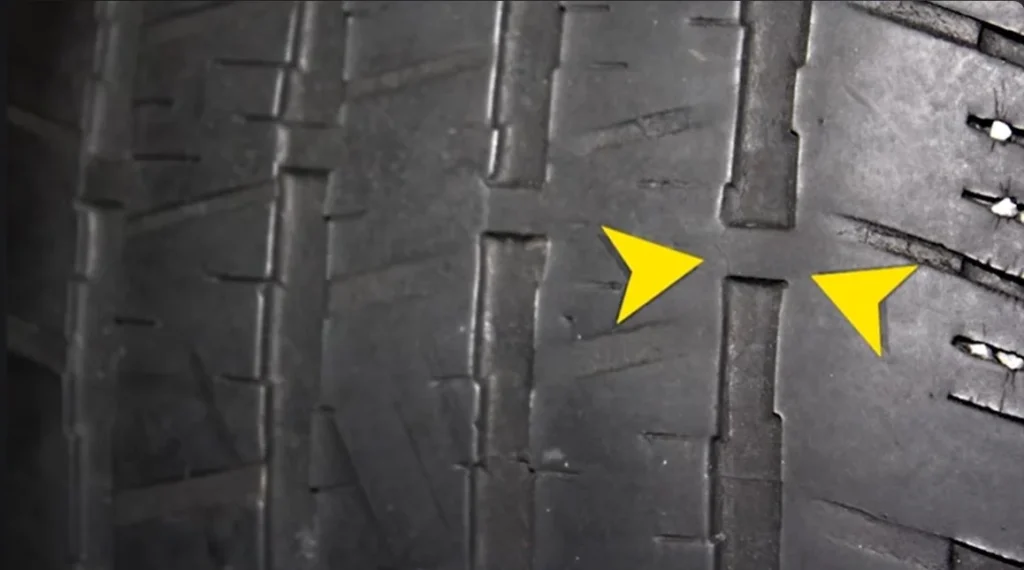
Tools Needed For Inspection
Inspecting your car tires regularly is crucial for safety. It’s essential to have the right tools for an effective inspection. This guide will help you understand the basic and advanced tools needed for tire inspection.
Basic Tools
These tools are simple and often found in most garages. They’re easy to use and help you spot common tire issues.
- Tire Pressure Gauge: A gauge helps you check if your tires are inflated correctly. Proper inflation is crucial for safety and tire longevity.
- Tread Depth Gauge: This tool measures the depth of your tire tread. It ensures your tires have enough grip on the road.
- Penny: A penny can also help check tread depth. Place it in the tread groove. If Lincoln’s head is visible, it’s time for new tires.
- Flashlight: A flashlight helps you inspect tires in low light. Look for cracks, punctures, or embedded objects.
Advanced Equipment
For those who want to go beyond basic inspection, advanced tools offer more detailed analysis. These tools provide more precise readings and can detect hidden issues.
- Digital tire pressure gauge: offers more accurate readings than a manual gauge. It’s easy to use and often has a backlit display.
- Tire Tread Depth Scanner: This electronic device provides precise tread depth measurements. It can store data for multiple tires.
- Infrared thermometer: measures tire temperature. Uneven temperatures can indicate alignment or inflation issues.
- Tire Balancer: Ensures your tires are balanced correctly. Unbalanced tires can cause vibrations and uneven wear.
Visual Inspection Techniques
Regular tire checks are crucial for your car’s safety. Proper visual inspection techniques can help identify issues early. This guide will show you how to inspect your car tires for wear and damage.
Checking Tread Depth
Tread depth is essential for grip on the road. Use the penny test to check tread depth.
- Insert a penny into the tire’s tread groove.
- Make sure Lincoln’s head is facing you.
- If you can see all of Lincoln’s head, the tread is too low.
Consider using a tread depth gauge for more accuracy. Tires with less than 2/32 of an inch depth need replacement.
Identifying Cracks And Bulges
Cracks and bulges can indicate severe damage.
- Inspect the sidewalls for any visible cracks.
- Look for bulges or blisters on the tire surface.
- Feel the tire for unusual bumps or deformities.
Cracks weaken the tire structure, increasing the risk of blowouts. Bulges often result from impact damage or internal issues.
Here’s a simple comparison table to help you:
| Inspection Item | What to Look For | Action Needed |
|---|---|---|
| Tread Depth | Penny test or gauge | Replace if less than 2/32 inch |
| Cracks | Visible lines or splits | Inspect further or replace |
| Bulges | Raised areas on the tire | Replace immediately |
Regular tire inspections ensure your car’s safety. Follow these steps to keep your tires in top condition.

Tire Pressure Check
Ensuring your car tires have the correct pressure is crucial for safety. Properly inflated tires enhance fuel efficiency and extend tire life. Regular pressure checks help you avoid dangerous situations.
Using A Pressure Gauge
To check tire pressure, use a pressure gauge. You can find these at most auto stores. Digital or analog gauges are both effective. Always measure tire pressure when tires are cold. Warm tires can give inaccurate readings.
Follow these steps:
- Remove the valve cap from the tire.
- Firmly press the gauge onto the valve stem.
- Read the pressure level on the gauge.
- Compare it with the recommended pressure.
If the pressure is too low, add air. If it’s too high, release some air.
Optimal Pressure Levels
The optimal pressure levels for your tires are found in the car’s manual. You can also find this information on a sticker inside the driver’s door.
Here is a sample of recommended pressure levels:
| Vehicle Type | Front Tires (PSI) | Rear Tires (PSI) |
|---|---|---|
| Sedan | 32 | 32 |
| SUV | 35 | 35 |
| Truck | 40 | 38 |
Check your tire pressure at least once a month. Maintaining the right pressure ensures better performance and safety.
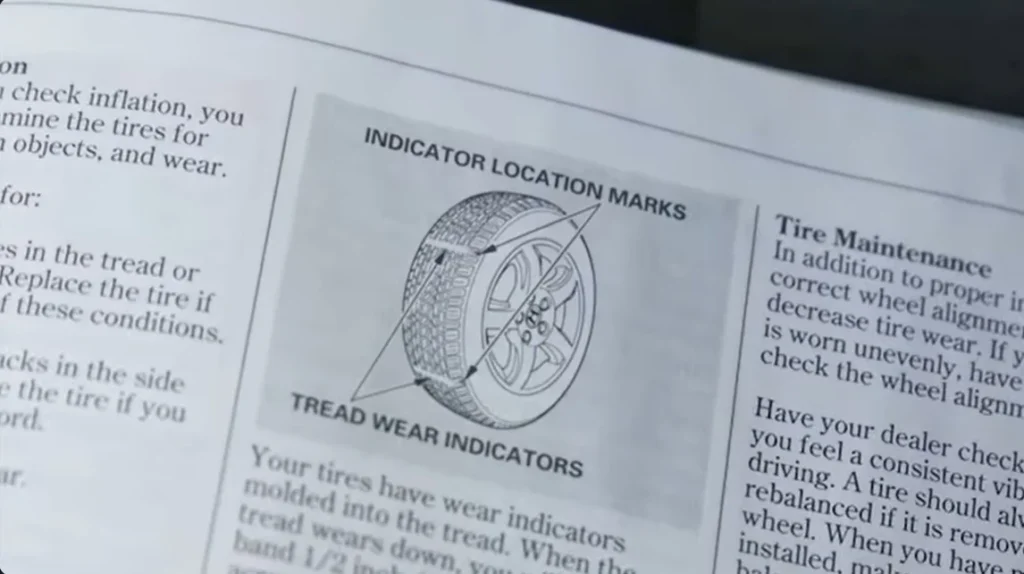
Assessing Tread Wear Patterns
Inspecting your car’s tires is crucial for safety. One important aspect is assessing tread wear patterns. Wear patterns can indicate tire alignment issues, improper inflation, or other problems. Let’s explore the different types of tread wear patterns.
Uneven Wear
Uneven wear is a common issue. It happens when the tire tread wears out irregularly. This pattern can signal misalignment or worn-out suspension parts.
To check for uneven wear, look at the tread from different angles. Compare the inner and outer edges. If one side is more worn than the other, it may indicate an alignment issue.
Center Wear
Center wear occurs when the middle of the tire tread wears out faster. This usually means the tires are over-inflated. Over-inflation causes the center of the tire to carry more weight.
Inspect the center of the tread for excessive wear. Use a tread depth gauge to measure the tread depth at different points. If the center shows more wear, adjust your tire pressure.
Edge Wear
Edge wear happens when the edges of the tire tread wear out quickly. This can be due to under-inflation. Under-inflated tires cause the edges to contact the road more.
Check the edges of the tread for signs of wear. Measure the tread depth at the edges and compare it to the center. If the edges are more worn, your tires may need more air.
| Tread Wear Pattern | Possible Cause |
|---|---|
| Uneven Wear | Misalignment, worn suspension parts |
| Center Wear | Over-inflation |
| Edge Wear | Under-inflation |
Regularly checking for these tread wear patterns can help keep your car safe. It also extends the life of your tires. Always ensure your tires are properly inflated and aligned.

Spotting External Damage
Inspecting your car tires for external damage is crucial. This helps ensure your safety on the road. External damage includes cuts, punctures, and foreign objects.
Cuts And Punctures
Cuts and punctures are common tire issues. Look closely at the tire surface. Cuts can be small or large. Small cuts may not seem serious, but they can grow. Punctures are holes caused by sharp objects. Check for nails, glass, or metal pieces. Use a flashlight to see better.
| Type of Damage | What to Look For |
|---|---|
| Cuts | Small or large slits on the tire surface |
| Punctures | Holes caused by nails, glass, or metal |
Foreign Objects
Foreign objects can be embedded in your tires. These objects can cause air leaks. Carefully inspect the tire tread. Look for stones, nails, or screws. Remove these objects with pliers. If you see a large object, visit a tire shop.
- Stones
- Nails
- Screws
Regular tire inspection helps avoid accidents. It ensures your car is safe to drive.
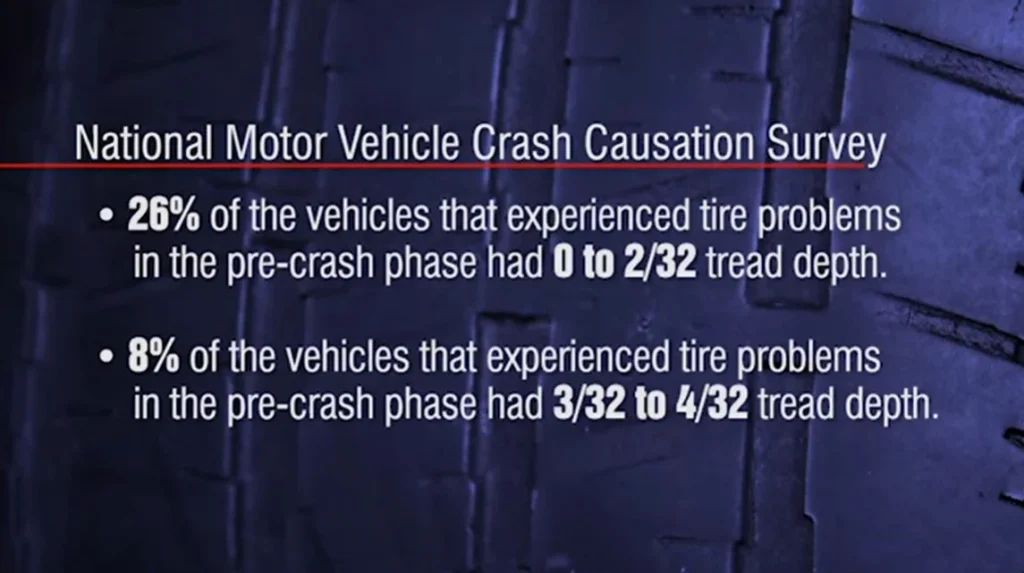
Rotating Tires For Even Wear
Rotating your tires is very important. It helps them wear evenly. This can extend the life of your tires. It also improves your car’s performance. Let’s look at how to do it right.
Rotation Patterns
There are different ways to rotate your tires. The pattern depends on your car type. Here are some common ones:
- Front-Wheel Drive: Move the front tires to the back on the same side. Cross the rear tires to the front.
- Rear Wheel Drive: Move the rear tires to the front on the same side. Cross the front tires to the back.
- All-wheel drive: Use an “X” pattern. Move the front left tire to the rear right. Move the front right tire to the rear left. Do the same for the rear tires.
Frequency Of Rotation
How often should you rotate your tires? Check your owner’s manual. A good rule is every 5,000 to 7,500 miles. You can also rotate them with every oil change. This keeps it simple to remember.
| Miles Driven | Rotation Needed |
|---|---|
| 0-5,000 | No |
| 5,000-7,500 | Yes |
| 7,500+ | Check Tires |
Regular rotation helps your tires last longer. It also makes driving safer. Keep an eye on your mileage and rotate as needed.
When To Seek Professional Help
Inspecting your car tires is crucial for safe driving. Sometimes, the damage can be too severe for a DIY fix. Knowing when to seek professional help ensures your safety. Below are some signs of serious damage and tips for choosing a reliable mechanic.
Signs Of Serious Damage
- Bald Tires: Tires without tread are dangerous. They have poor traction.
- Bulges and Blisters: These weaken the tire and can cause blowouts.
- Cracks and Cuts: Deep cracks or cuts can lead to tire failure.
- Vibration: Excessive vibration may signal internal tire damage.
Choosing A Reliable Mechanic
Finding a reliable mechanic is crucial. Your safety depends on it. Follow these tips to make a good choice:
- Check Certifications: Ensure the mechanic is certified by a recognized body.
- Read Reviews: Look for positive customer reviews online.
- Ask for Recommendations: Friends and family can suggest trusted mechanics.
- Compare Prices: Get quotes from multiple shops to find a fair price.
Regular tire inspections and knowing when to seek help can save lives. Always opt for professional assistance for serious tire issues.

Frequently Asked Questions
How Do I Check Tire Tread Depth?
Use a tread depth gauge or a penny. Insert into the tread; if you see Lincoln’s head, replace the tire.
What Are Common Tire Wear Signs?
Look for uneven tread, cracks, bulges, or exposed cords. These indicate potential tire issues.
How Often Should I Inspect My Tires?
Inspect your tires monthly and before long trips to ensure safety and performance.
What Causes Uneven Tire Wear?
Improper alignment, over or under-inflation, and worn suspension components can cause uneven tire wear.
How Can I Prevent Tire Damage?
Maintain proper tire pressure, rotate tires regularly, and avoid potholes and road debris to minimize damage.
When Should I Replace My Tires?
Replace tires when the tread depth is below 2/32 inches or if there are visible damages like cracks and bulges.
Conclusion
Regular tire inspections ensure safety and longevity. Check for tread wear, cracks, and punctures. Address issues immediately. Keep your car running smoothly and safely. Proper tire maintenance also saves money on repairs and replacements. Stay proactive and enjoy a safer drive.
Your attention to tire health makes a difference.
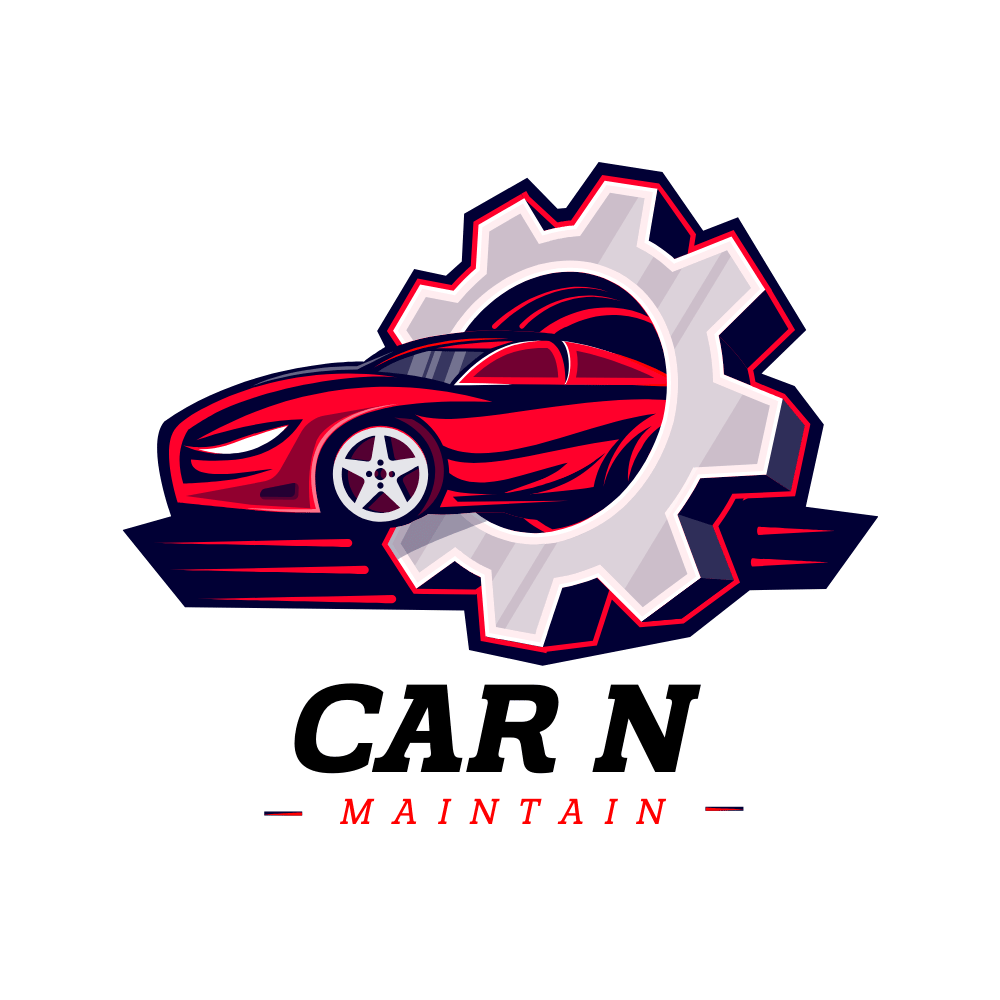
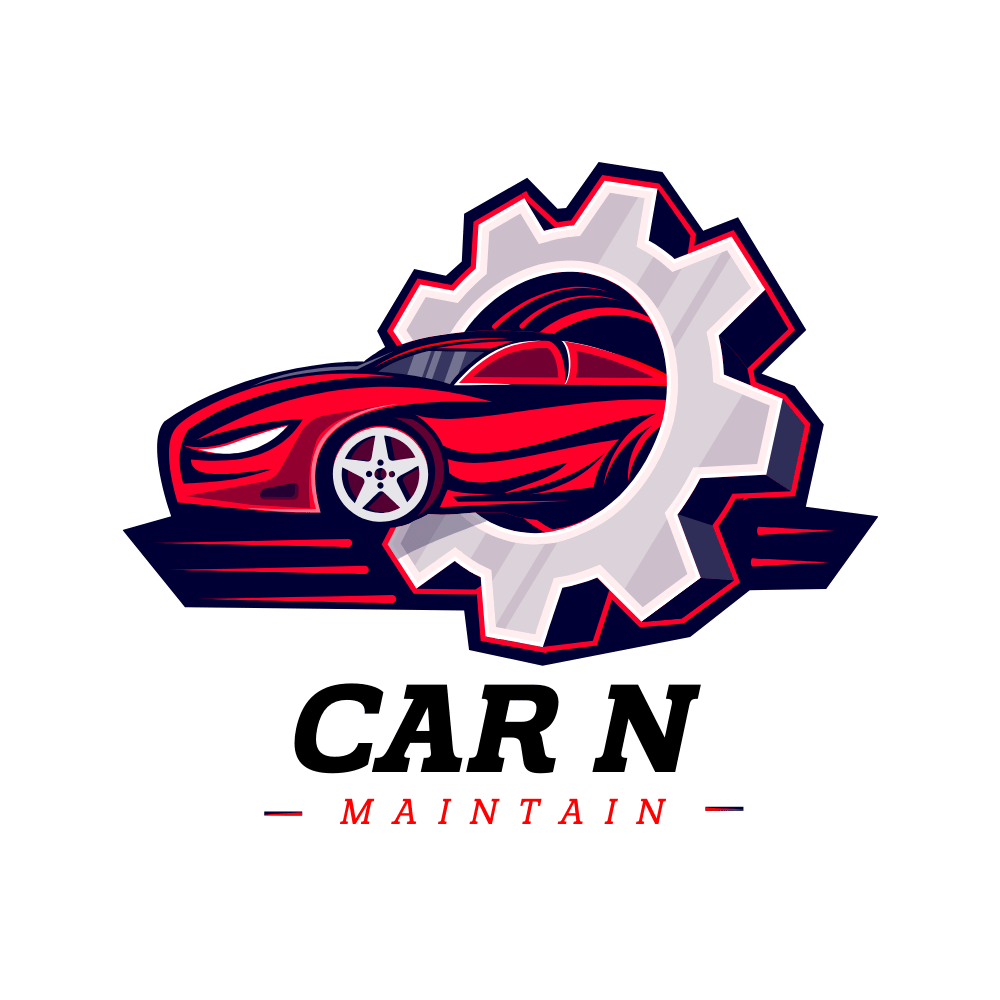









Leave a Reply